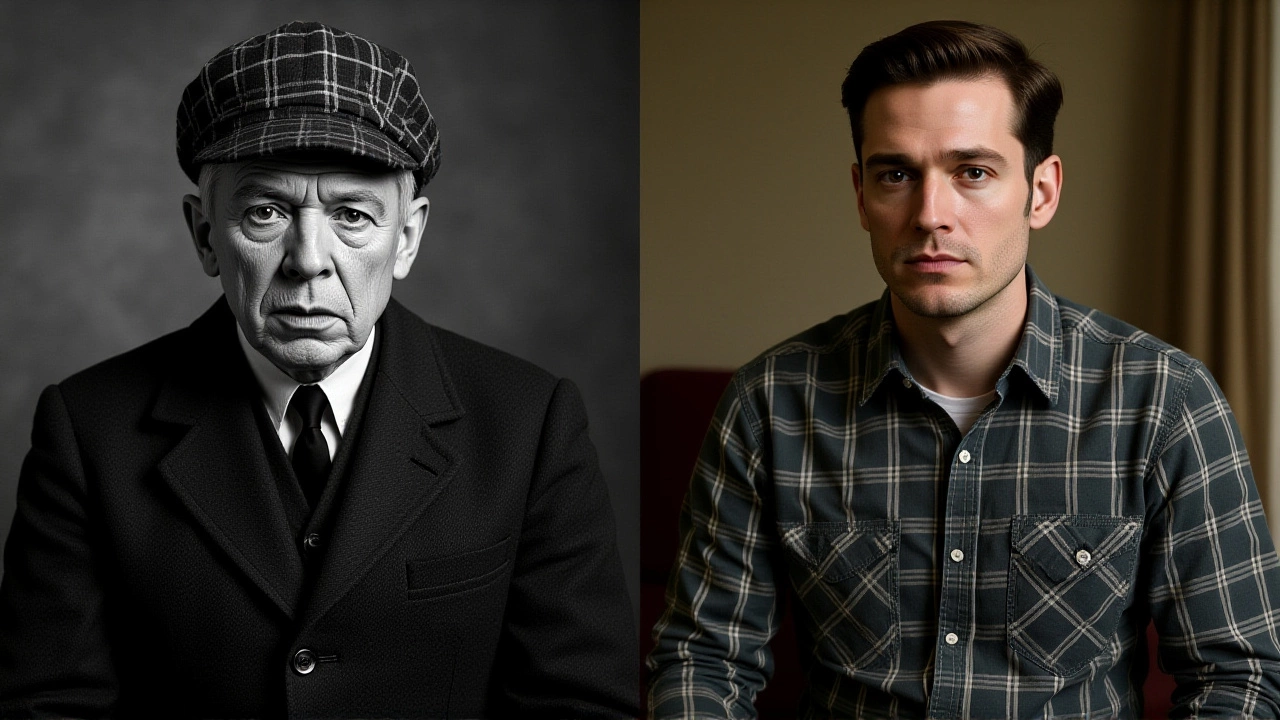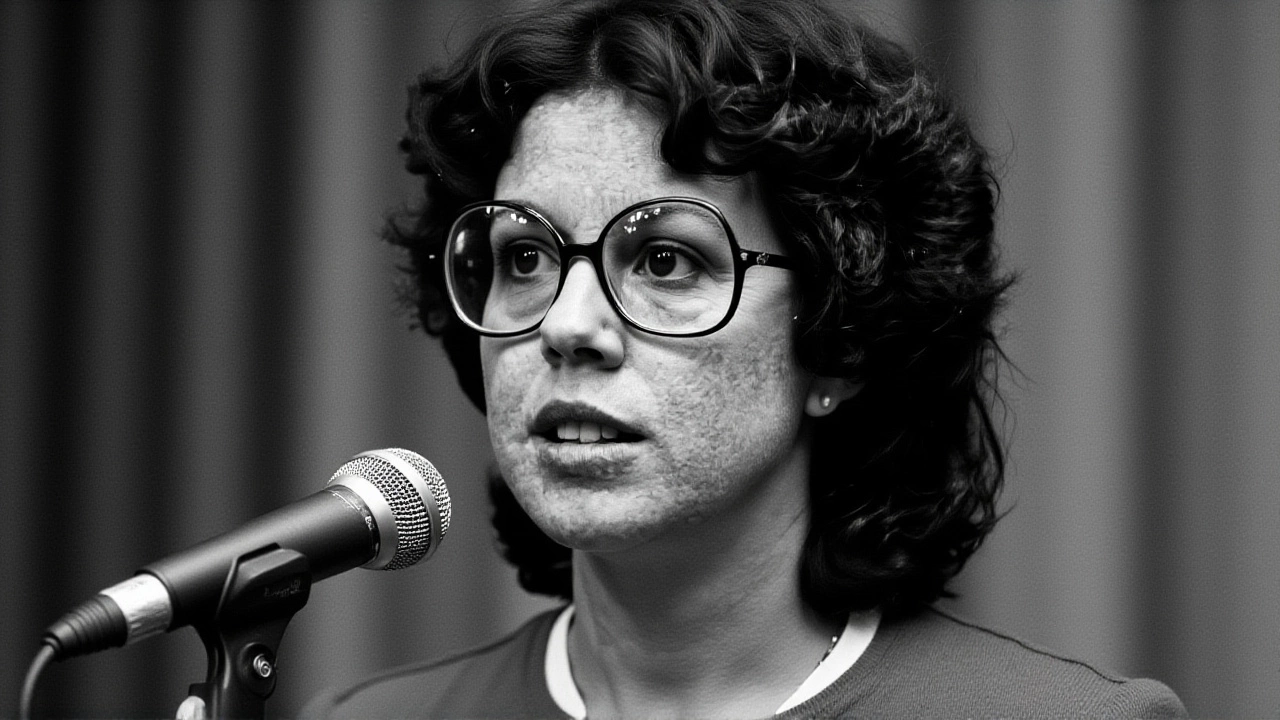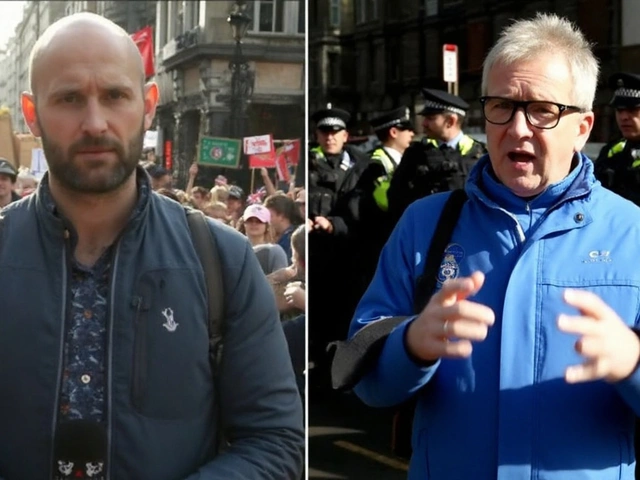When Kathy Kleiner Rubin, a survivor advocate and author tells the tale of a night that still haunts her, the details feel almost surreal. On January 15, 1978, the notorious serial killer Ted Bundy slipped through an unlocked door of the Chi Omega sorority house at Florida State University in Tallahassee, Florida, and unleashed a horror that claimed two young lives and left Rubin with a shattered jaw.
Background: The 1978 Chi Omega Attack
Rubin, then a 20‑year‑old freshman, had moved nearly 500 miles from Miami to chase a fresh start. She joined Chi Omega hoping for sisterhood and a break from a childhood riddled with illness. The night Bundy entered, the sorority’s keypad lock was broken, the door ajar – a tragedy waiting to happen.
Bundy first overpowered two roommates, Margaret Bowman, 21, and Lisa Levy, 20. He beat them to death with a heavy log he’d picked up on his way inside. When he entered Rubin’s room, she awoke to the sickening thunk of wood on bone. The log smashed her jaw, tore a gash across her cheek, and nearly sliced her tongue in half.
Just as Bundy raised the log for a second blow, a passing car’s headlights flooded the room. The sudden glare startled the killer; he fled, leaving Rubin bruised but alive. The scent of oak still triggers flashbacks – a visceral reminder of that night.
Kathy’s Journey Through Health Battles
Surviving Bundy was only the first of several brushes with death. At age 13, Rubin was diagnosed with systemic lupus erythematosus, an autoimmune disease that threatened her kidneys. Her Cuban‑born mother arranged for a specialist from Cuba, and Rubin underwent aggressive chemotherapy that, at the time, was considered experimental.
The lupus kept her out of classrooms for months, isolated her from peers, and forced her to confront mortality before most teenagers even think about it.
Fast forward to her early thirties, Rubin received a stage‑2 breast cancer diagnosis. Again, chemotherapy entered the picture, this time alongside lumpectomy and radiation. She emerged cancer‑free, though the experience deepened her resolve to live fully.
Between those medical crises, she endured two miscarriages and even survived a bank robbery while shopping at a local grocery store. Each episode could have broken her spirit; instead, she kept moving forward.
Testifying Against Bundy
In July 1979, Rubin was subpoenaed to appear before a grand jury overseeing Bundy’s murder trial. The courtroom drama unfolded at the Leon County Courthouse, where Bundy sat at the far end of the table, fidgeting, his eyes darting around.
Rubin recalled, "This time I looked at him and I felt strength. I felt strong enough to look at him and almost feel sorry for him. The hatred in me had turned into something terrible, and I knew he was evil, sick, a mutilated person inside. And that made me stronger." She testified alongside fellow survivors Karen Chandler and Cheryl Thomas, helping seal Bundy's conviction.
The trial concluded with Bundy receiving the death penalty in 1979 – a sentence carried out in 1989. The 45th anniversary of that conviction, observed in 2024, rekindled public interest in the survivor narratives.
Memoir, Media Spotlight, and Ongoing Advocacy
In 2025, Rubin released A Light in the Dark: Surviving More than Ted Bundy, co‑written with Emilie Le Beau Lucchesi and published by Chicago Review Press. It is the first memoir from a confirmed Bundy survivor, blending harrowing recollection with insight into her battles against lupus, cancer, and other traumas.
Since the book’s launch, Rubin has appeared on LADbible Stories (May 2025) and WGCU News (May 2024), sharing how a flash of car headlights saved her life and why she refuses to let victimhood define her.
She now spends her days sailing, camping, and speaking at survivor‑support conferences. "We go sailing and camping and moving forward," she says. "Right now life is good for me. I'm happy."

Why This Story Matters
Rubin’s experience underscores three broader points. First, the importance of physical security on college campuses – a broken lock cost two lives that night. Second, the resilience of individuals facing multiple health crises; Rubin’s fight against lupus and breast cancer exemplifies medical perseverance. Third, survivor testimony can tilt the scales of justice, as her courtroom courage contributed to Bundy’s conviction.
- 1978 – Bundy murders two Chi Omega sisters, attacks Rubin.
- 1979 – Rubin testifies at Bundy’s murder trial.
- 2025 – Memoir published, first by a confirmed Bundy survivor.
- 45‑year mark (2024) sees renewed media attention on survivor narratives.
- Rubin continues advocacy, promoting mental‑health resources for trauma survivors.
What’s Next for Rubin?
Rubin plans a nationwide speaking tour in 2026, focusing on campus safety reforms and chronic‑illness advocacy. She is also working with a nonprofit to fund scholarships for students battling serious health conditions. The hope is that her story will inspire policy change and encourage other survivors to share their voices.
Frequently Asked Questions
How did the car headlights help Rubin survive the attack?
The sudden glare from a passing car illuminated the room, startling Bundy. He paused, then fled, leaving Rubin with only the injuries from the first blow. Without that flash, he likely delivered a fatal second strike.
What long‑term health challenges has Rubin faced?
Diagnosed with lupus at 13, she endured kidney complications and chemotherapy. In her early 30s she battled stage‑2 breast cancer, again requiring chemo and radiation. Both conditions left her with periodic fatigue and the need for regular medical monitoring.
Why is Rubin’s memoir considered significant?
It is the first memoir from a confirmed Bundy survivor, offering a unique first‑person perspective on the crimes and the psychological aftermath. The book also intertwines her medical battles, giving readers a holistic view of resilience.
What reforms are being advocated for campus safety?
Survivors like Rubin push for updated lock systems, mandatory emergency lighting, and rapid‑response alerts. Several universities have already piloted smart‑door technology after the 2024 awareness surge.
How does Rubin view her future after so many hardships?
She says she plans to keep "sailing and camping" while advocating for others. Her upcoming speaking tour and scholarship fund illustrate a forward‑looking mindset rooted in gratitude for each day survived.





